The 400 GT was a strong start for a young Lamborghini
Welcome to Lamborghini Legends, a series of stories to mark the Italian brand’s 60th anniversary, in which our European correspondent gets behind the wheel of some of Sant’Agata’s all-time greats. Here he takes the Bull brand by its horns with the 400 GT, one of Lamborghini’s earliest on-road efforts.
When Ferruccio Lamborghini famously fell out with Enzo Ferrari over a failing clutch, the tractor manufacturer was so livid that he vowed to build his own sports car.
“Tonight, I did not sleep,” Lamborghini said. “I want to manufacturer a car.”
That car is now sitting outside a café in the little town of Lama Mocogno, some 40 miles south of the Sant’Agata Bolognese factory where it was built, with the keys in the ignition.
Alright, that’s not strictly true. The first car that was manufactured when Lamborghini Automobili was founded 60 years ago was the 350 GTV concept and this car, the 400 GT, is its final iteration assembled in 1967.
The 400 GT has several advantages over the original concept devised by Lamborghini’s young team, not least of which is the fact that Giotto Bizzarini’s V-12 engine is actually installed under the hood. In the mad rush to get the 350 GTV ready for the 1963 Turin Motor Show it turned out that there wasn’t sufficient space beneath the Franco Scaglione-designed bodywork for the engine. For the show, the motor was displayed on a stand alongside the car, which in the V-12’s place under the hood had a few boxes of floor tiles from the new factory to weigh it down.
Nonetheless, the 350 GTV begat the 350 GT road car in 1964. Coachbuilder Carozzeria Touring produced the car’s svelte 2+2 body using its Superleggera system. Powered by a 280-hp, 3.5-liter version of Bizzarini’s V-12, the very first Lamborghini road car was capable of over 155 mph, yet it could seat four in comfort.
In 1966 the 350 GT was superseded by the car which I’m about to drive, the 400 GT. Four circular headlamps replaced the twin oval units and the roofline was raised to create more generous accommodation for rear passengers, while the trunk lid and rear window also grew in size. Mechanically the changes were more significant, with engine capacity increased to four liters and power hiked to 320 hp at 6200 rpm. Lamborghini’s own transmission and differential were installed, and the independent suspension was revised.
Road & Track magazine declared the 400 GT to be “the best GT we’ve ever tried.” Nearly 60 years later I’m not exactly going on a Grand Tour, but almost an hour behind the wheel, chasing after a convoy of seven other V-12 and V-10 Lamborghinis is a decent taster.
To be honest, the adventure doesn’t start well. I immediately discover that with the fixed seatbelt on I can’t reach the curiously-placed parking brake which sits below my right knee, adjacent to the transmission tunnel. It’s been a while since I’ve driven “commando” without a belt, and the squishy tan leather seats don’t offer much support. I’ll have to rely on my grip of the huge wood-rimmed steering wheel to keep me in place.
I don’t have long to savor the simplistic elegance of the cabin, with its easy-to-read dials and wonderfully tactile toggle switches, before it’s time to move. At this point it’s apparent that the V-12 is not exactly overloaded with low-down torque. It requires quite a bit of contortion to dial in the right amount of revs and reach down to release the fly-off brake without stalling.
The line of Lambos snakes out into the hills of Emilia Romagna and it does so at quite the pace. Let the V-12 loose, use the revs and the 400 GT can just about stay in touch with its more powerful stablemates on the short straights that link a twisting tagliatelle of turns. Braking for said corners needs a bit of planning and a forceful shove to get the four-wheel Girling discs to bite, while the unassisted steering is a little slow to react. The gearchange requires a firm hand, but the action is precise enough—especially considering it’s Lamborghini’s first effort.
It’s a warm day, so I have the windows down and yet the V-12 is surprisingly quiet, although, to be fair, it stands little chance against the rest of the cacophonous convoy. It’s also utterly free of vibration, which would, no doubt, make long distance journeys a joy.
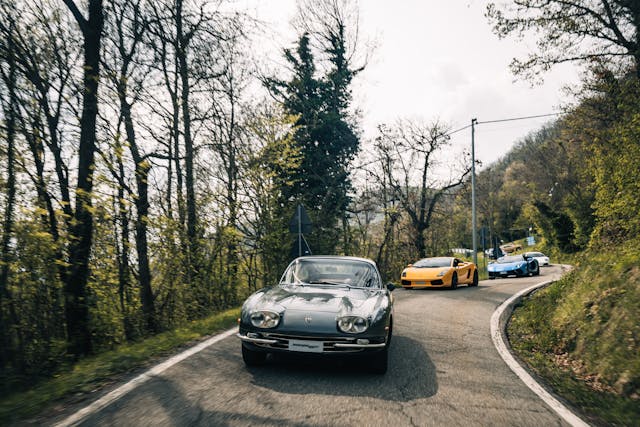
As the drive continues I’m amazed that this first car isn’t being completely obliterated by the latest Lamborghinis on these switchback-strewn roads. Although I am becoming increasingly sweaty-palmed in the process of keeping up. Oh, and that’s before I find out that a concours-condition car such as this 400 GT is worth over $800,000.
Just 250 examples were built before the company moved on to the Miura, which would really put it on the map, but there’s no doubt that the Lamborghini story started strong from the very first chapter.
***
Check out the Hagerty Media homepage so you don’t miss a single story, or better yet, bookmark it. To get our best stories delivered right to your inbox, subscribe to our newsletters.

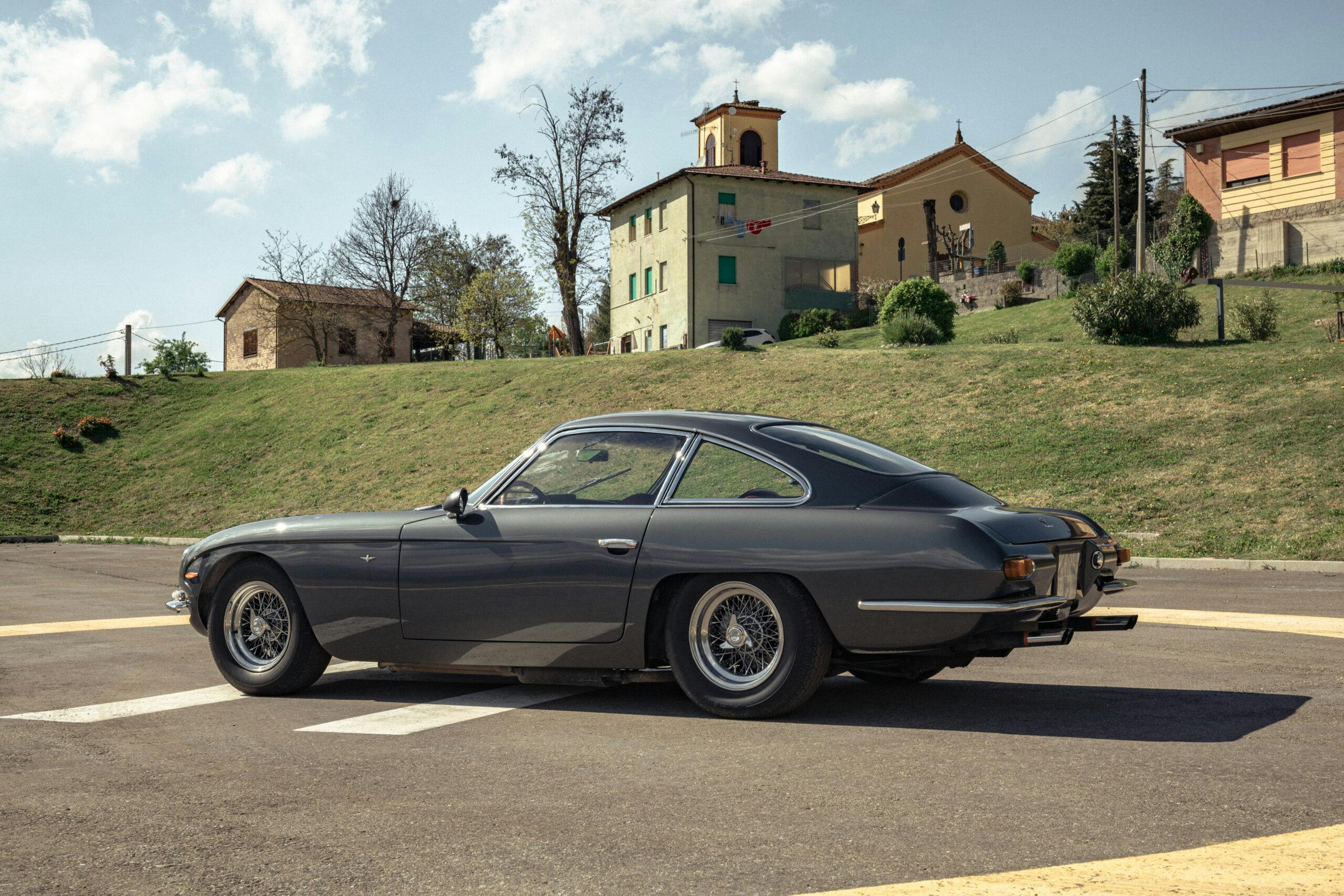


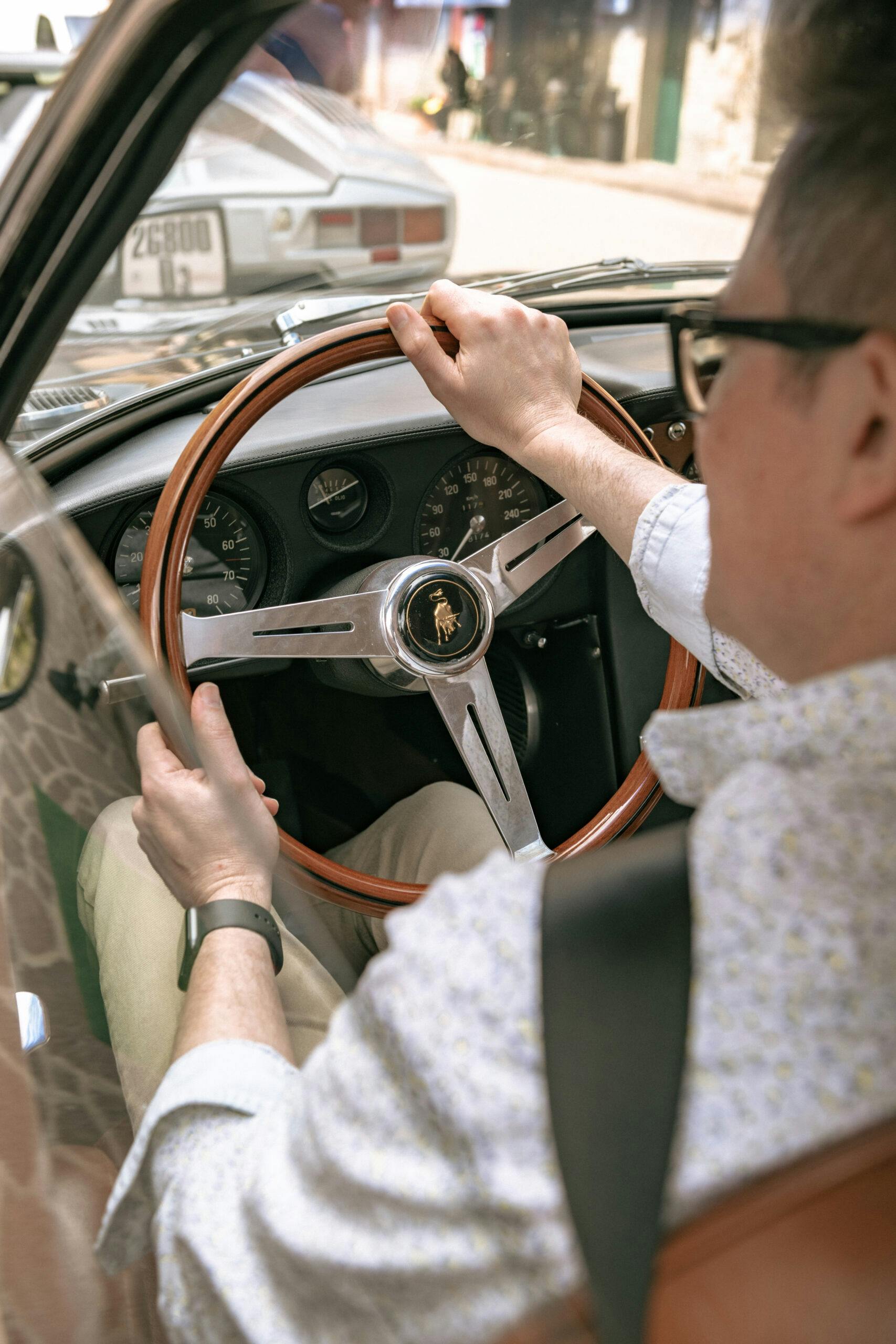

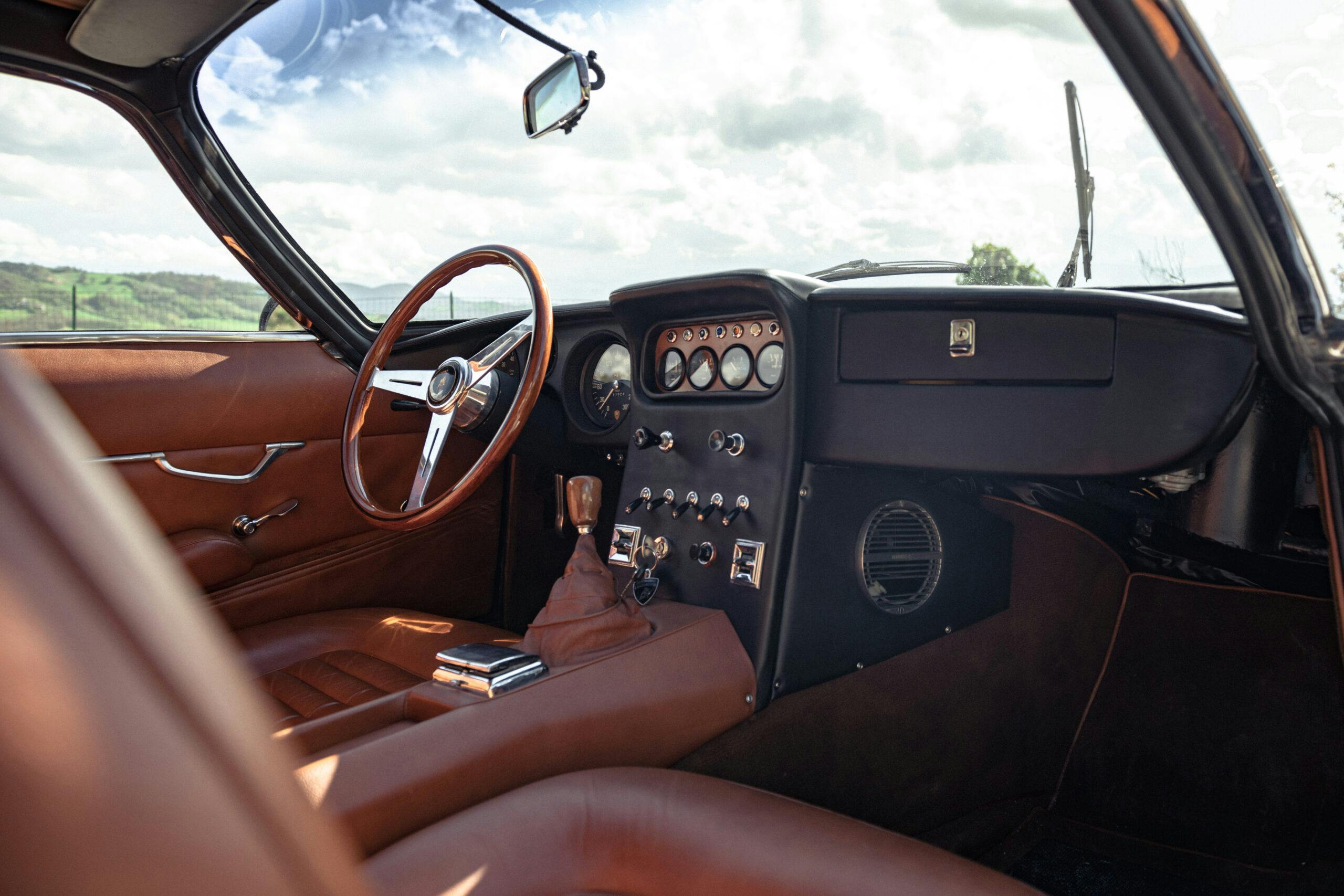


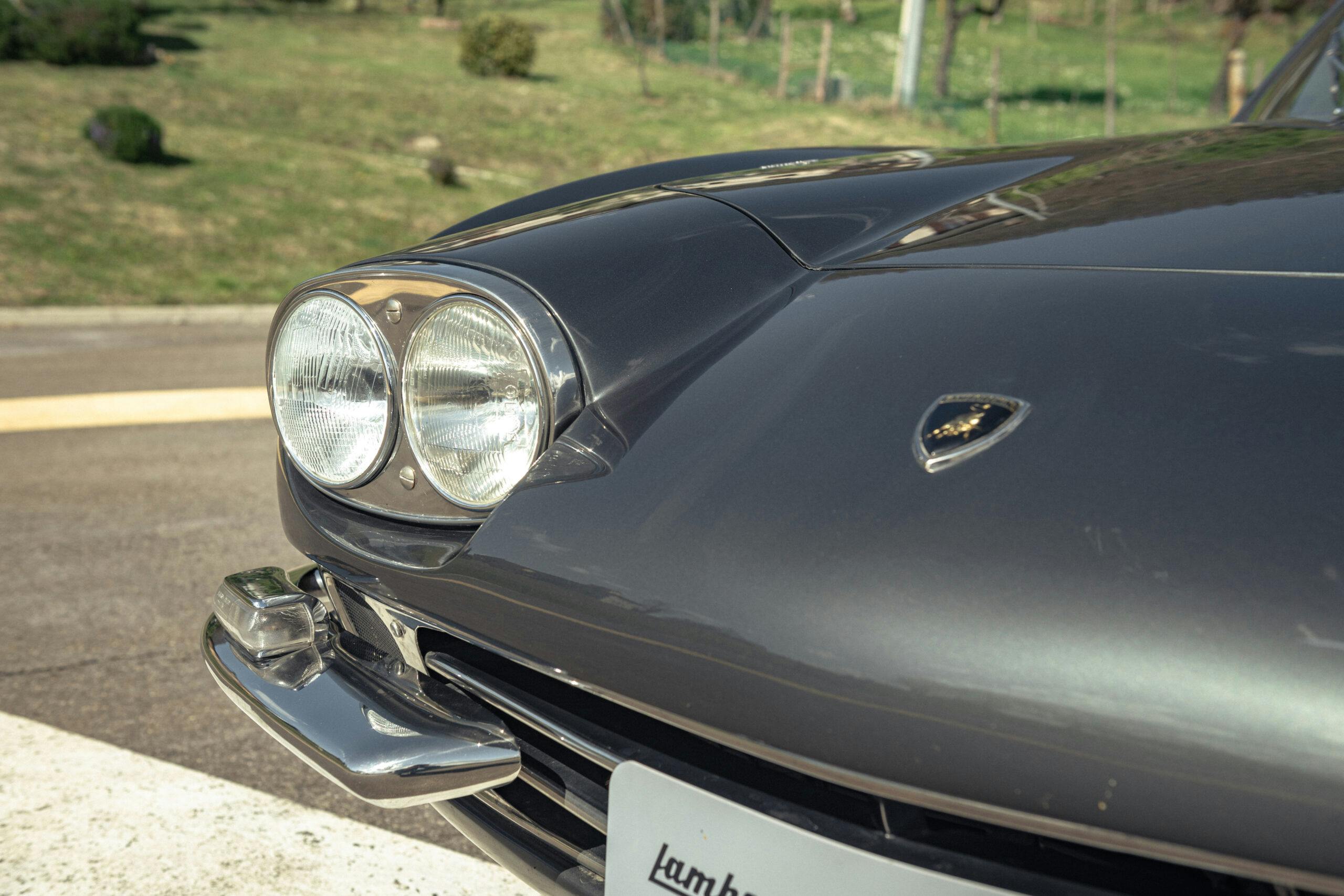
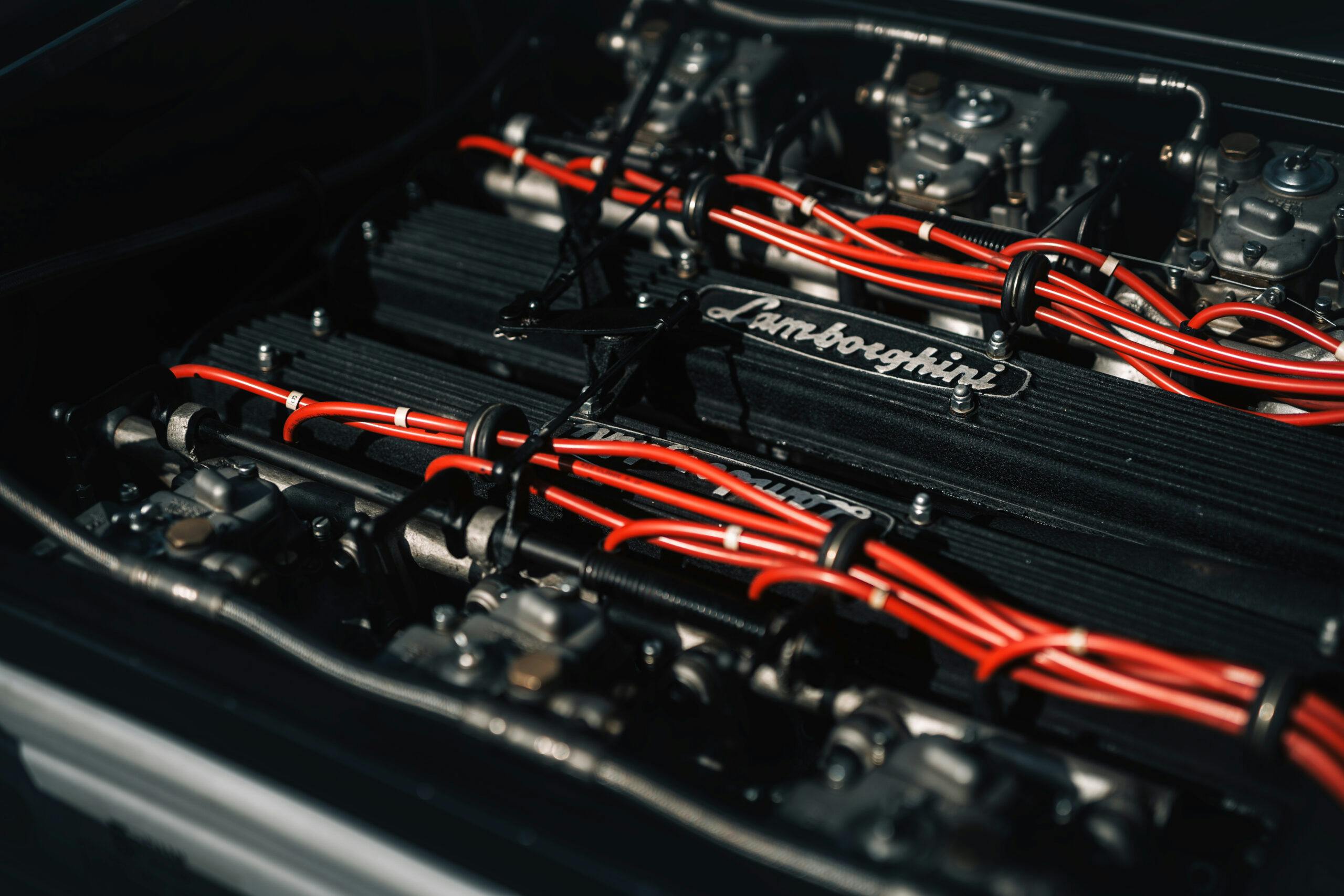
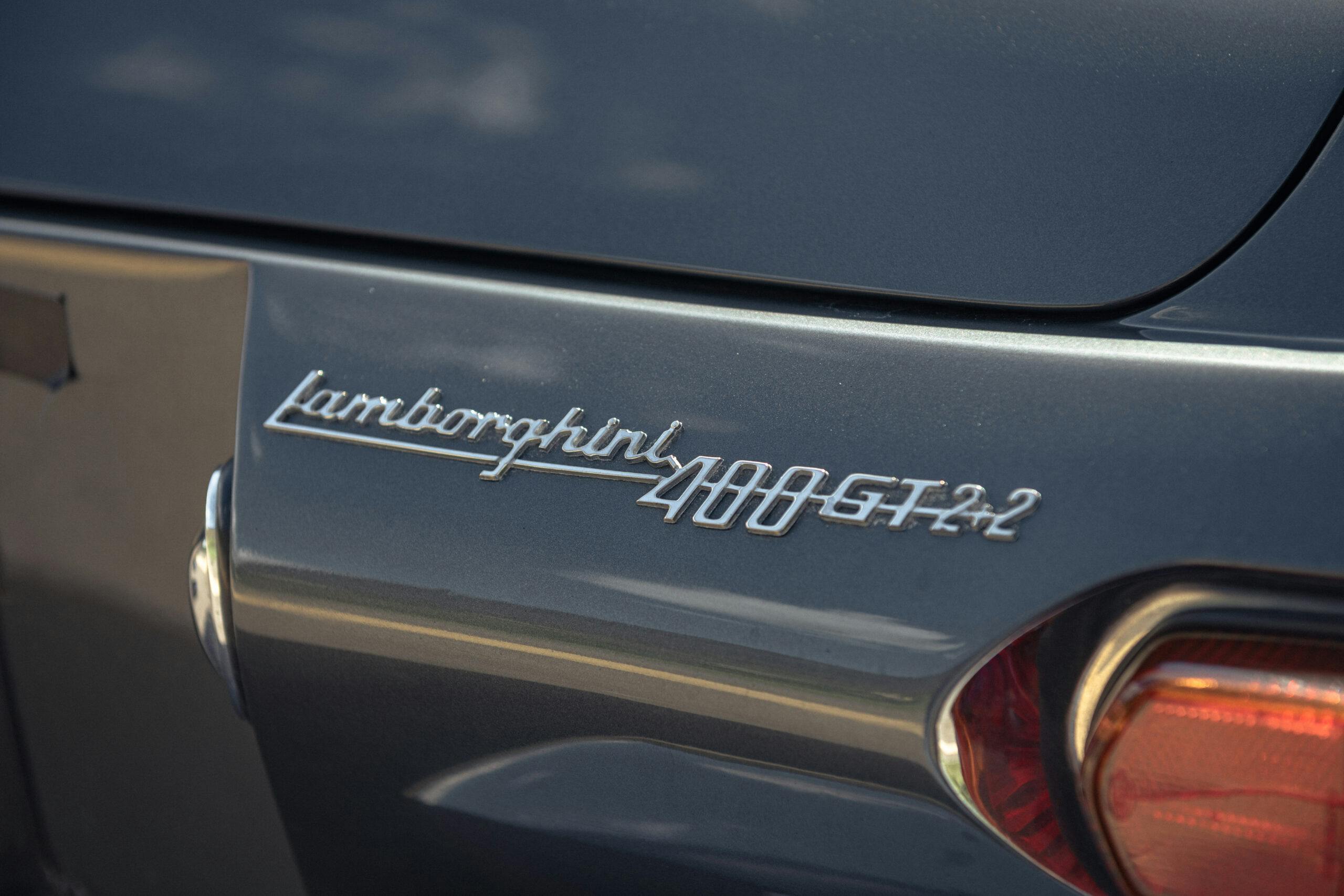
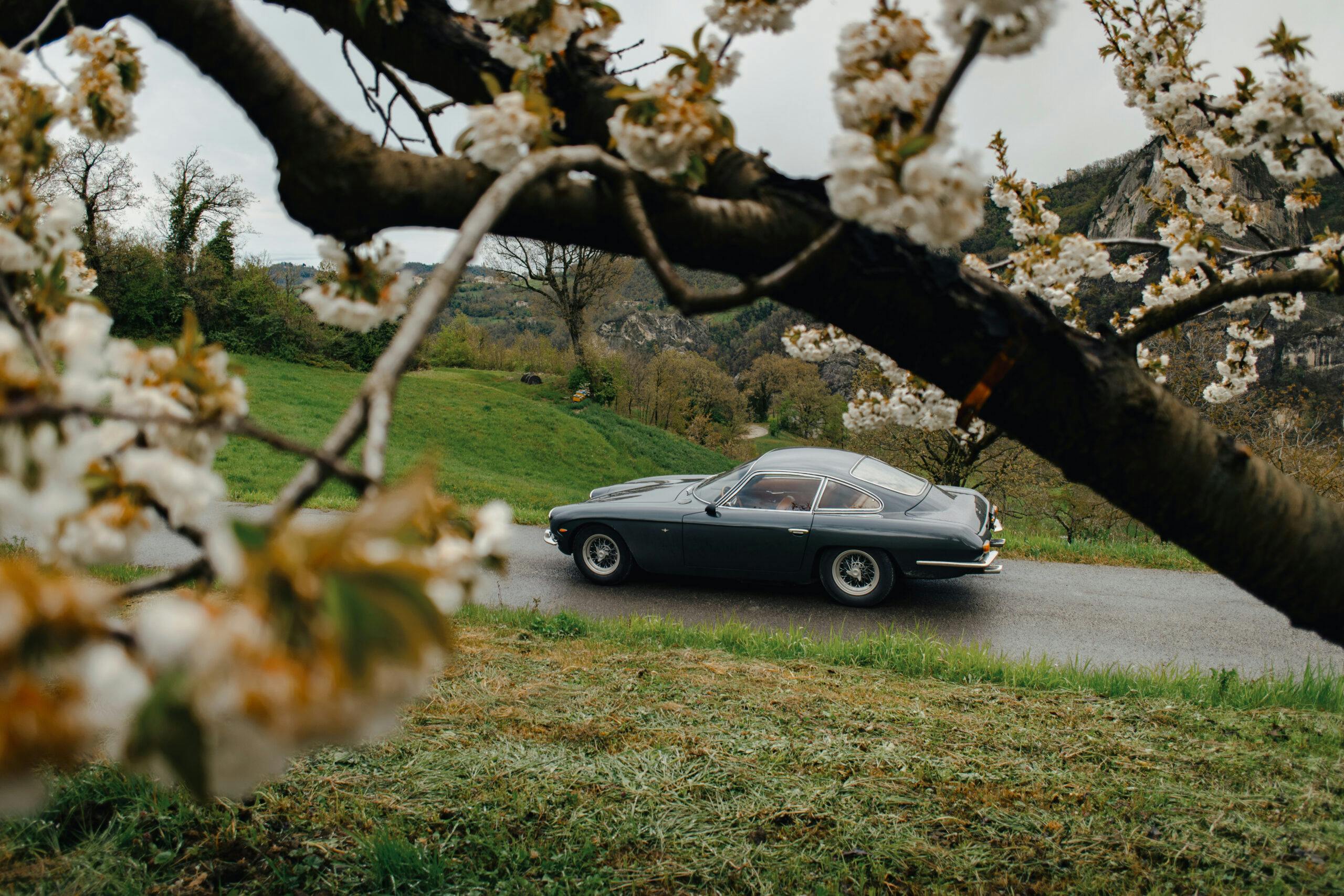


Lucky guy!
I could never get past the dual headlights on these. The rest of the design is perfect, but the headlights just look like an afterthought. Like Ferruccio decided at the last minute “since those Americans are nuts for dual headlights, lets graft on another pair of lights no matter how bad it looks”. One of those trends from the 60’s that hasn’t stood the test of time.
I have a ’58 corvette with dual headlights…beauty is in the eye of the beholder.
That 400GT is a gorgeous car.
Back in the late ’70s, there was a mechanic with a small shop near me. (I was 18-19 at the time.) I’d stop by for advice occasionally, of just to talk cars. For several months, he had a white 350GT in his bay, with the engine out on a stand. I was all over that car!
The 350GT was not a 2+2. It was either a two seater or a 2+1.